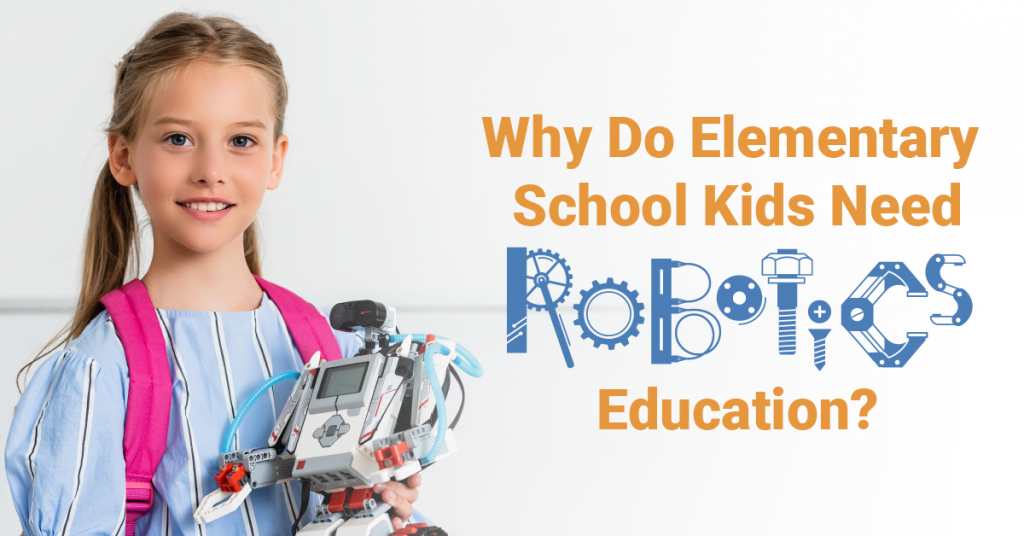
Are you tired of the same old boring lectures and traditional methods of teaching? Do you want an innovative and exciting way to learn? Enter robotics in education!
Introduction
The integration of robotics in education has been gaining popularity in recent years. Robotics education involves the use of robots as a tool for learning and teaching. It enables students to learn about programming, engineering, and problem-solving while having fun. The use of robotics in education is not limited to STEM (Science, Technology, Engineering, and Mathematics) subjects. It can be used in various fields such as art, literature, and history.
Benefits of Robotics in Education
Engaging and Fun Learning Experience
Robotics in education provides an engaging and fun learning experience for students. It allows students to learn through hands-on experience, which makes learning more enjoyable and memorable. Students can design and build their own robots, which gives them a sense of ownership and pride in their creations.
Develops Critical Thinking and Problem-Solving Skills
Robotics education helps students develop critical thinking and problem-solving skills. Students are presented with real-world problems that require them to think critically and come up with solutions. They learn to analyze problems, break them down into smaller parts, and develop solutions using logical thinking.
Prepares Students for Future Careers
The integration of robotics in education prepares students for future careers in the field of robotics and automation. The demand for people with knowledge and skills in robotics and automation is on the rise. Students who have experience in robotics education have a competitive advantage in the job market.
Promotes Teamwork and Collaboration
Robotics education promotes teamwork and collaboration. Students work together in groups to design and build robots. They learn to communicate effectively, delegate tasks, and work towards a common goal.
Challenges of Robotics in Education

Cost
One of the primary challenges of robotics in education is the cost. Robotics equipment can be expensive, which makes it difficult for some schools to afford. However, there are low-cost options available, such as using recycled materials to build robots.
Lack of Trained Teachers
Another challenge of robotics in education is the lack of trained teachers. Robotics education requires teachers who have knowledge and skills in programming, engineering, and robotics. However, not all teachers have the necessary training or resources to teach robotics.
Integration into the Curriculum
Integrating robotics into the curriculum can be a challenge. It requires careful planning and coordination between teachers, administrators, and curriculum developers. Robotics education must be integrated into the curriculum in a way that enhances learning and does not disrupt the existing curriculum.
Conclusion
In conclusion, the integration of robotics in education has numerous benefits for students. It provides an engaging and fun learning experience while developing critical thinking, problem-solving, teamwork, and collaboration skills. However, there are also challenges, such as cost, lack of trained teachers, and integration into the curriculum. Despite the challenges, the use of robotics in education is an innovative and exciting way to learn. So, let’s embrace the future of education with open arms and robots!
Email- contact@devopsschool.com

 Starting: 1st of Every Month
Starting: 1st of Every Month  +91 8409492687
+91 8409492687  Contact@DevOpsSchool.com
Contact@DevOpsSchool.com
